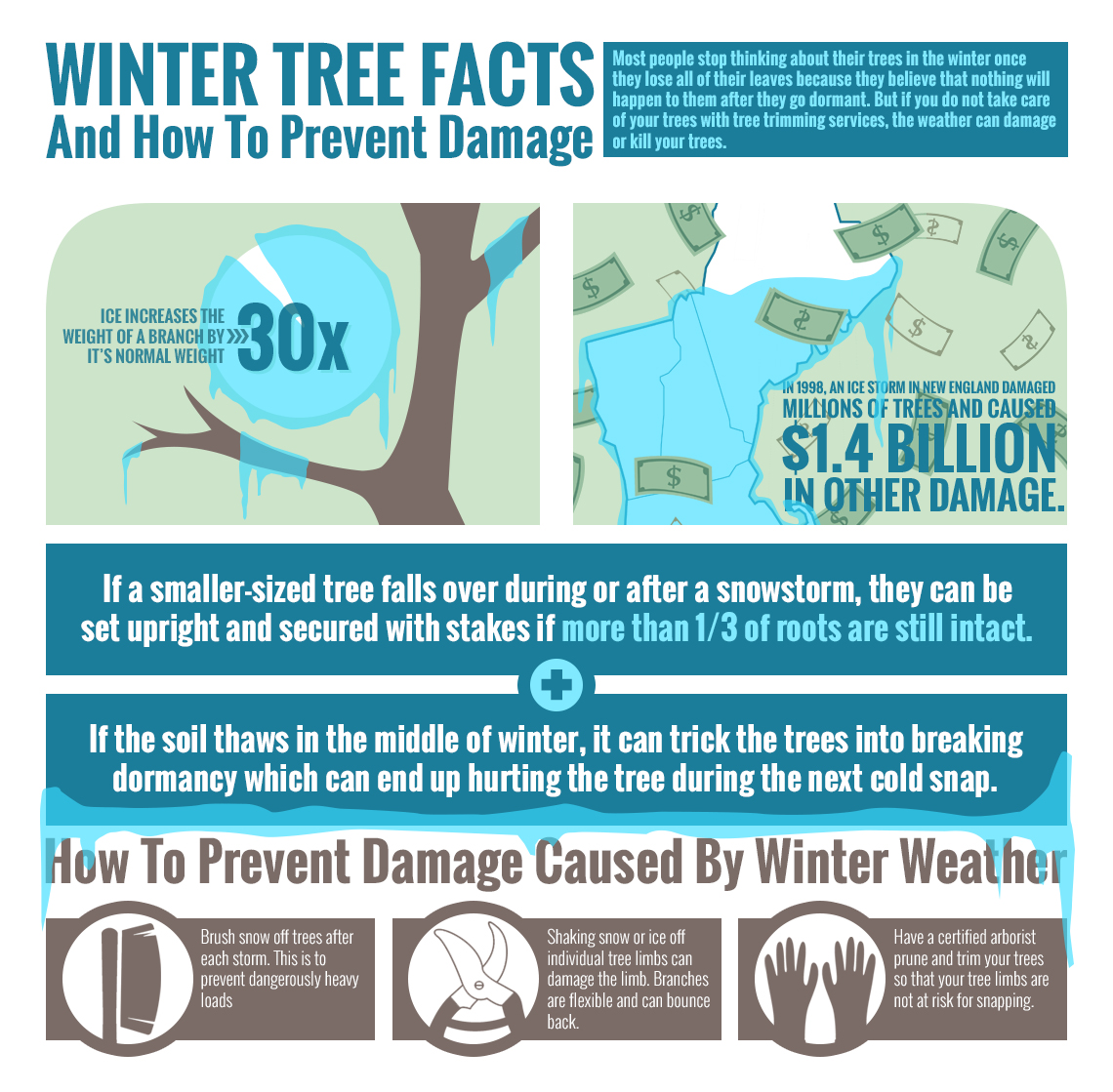Signs It's Time To Get Rid Of A Tree - A Homeowner'S Guide
Signs It's Time To Get Rid Of A Tree - A Homeowner'S Guide
Blog Article
Author-Merrill Halsey
Trees include beauty and worth to residential or commercial property, yet they can also present a risk throughout severe weather events. If https://docs.google.com/spreadsheets/d/14CZ1EqvrS4bTDXUjNA0r9MKnVcLeL7I41lrUxHzkPmo/edit?usp=drive_link has stopped expanding, is displaying visible fungal growth, or has a leaning trunk, it needs to be removed by a professional to avoid home damages and injury.
To read more, attend a house owner resource fair co-hosted by HPD, the Facility for NYC Neighborhoods, and Brooklyn-based real estate companions this night in Bedford-Stuyvesant. The occasion will certainly include the Home owner Manual, a new guide to assist house owners navigate the duties of owning a home.
1. Dead or Dying Branches
Trees are an indispensable part of your home's landscape, providing color and charm. They likewise provide shelter for wild animals and generate oxygen, yet also healthy and balanced trees can experience illness that might require their removal. Dead or dying trees aren't simply undesirable, they can be harmful. Their branches could drop during a storm, causing costly residential property damage and injuries.
When a tree's branches start to die, it means that its structure is starting to break down. If most of its branches are dead, it is likely time to remove it.
Search for a lack of new growth, bark peeling, open injuries or tooth cavities, fungi expanding on the trunk or origins and a general appearance of decay in the entire canopy. These indications of infection can show a significant trouble that will require professional tree solutions to fix.
2. Leaning Trunk
While it's normal for trees to lean every now and then because of phototropism, if a tree has a dangerous or extreme lean that's not as a result of natural processes - it could be an indicator that the tree requires to be removed. If https://www.theatlantic.com/ideas/archive/2020/05/cruel-summer-young-americans/612154/ is favoring a high-voltage line, home, vehicle, play structure or any other location that could be hazardous to people if it falls, then getting in touch with a professional tree service for elimination must be a top priority.
It's additionally important to expect any kind of sudden changes in a tree's leaning as it can suggest damages to the origins or trunk that may lead to falling. This is particularly real during stormy weather, because high winds and rain-soaked soil can create a lean to alter rapidly. Routine surveillance, especially throughout and after tornados can aid home owners acknowledge potential issues with their trees so they can call an arborist for an extensive evaluation.
3. Pest Infestation
Some pest infestations, such as wood-boring bugs like emerald ash borer or sap-suckers like scale insects, are so severe that they can cause a tree to pass away. The most effective way to stop pest invasion is to check your trees often. Try to find areas, openings, or stainings in the fallen leaves and bark. Analyze the trunk for cracks and indications of insect damages, such as tunnels or tracks.
If a tree becomes too plagued with parasites, or is close to a home or high-voltage line, an arborist may advise elimination. If a leaning tree creates a new, unsteady lean, an arborist will likely advise elimination as well to guarantee the safety of people and residential property. If a weakened or dead tree constantly loses extreme branches, it is an indicator that it is time to remove the tree. If a tree remains to lose branches for a prolonged amount of time, it might cause architectural problems and potential residential or commercial property damage.
4. Harmed Trunk
Trees are an attractive and important part of our landscape, yet they do need regular like maintain them healthy and balanced and risk-free. If a tree is damaged beyond repair it is likely time for it to come down.
Search for signs of damage to the trunk, including vertical cracks, seams, dead branch stubs, noticeable wounds or open tooth cavities and severe tree-rot. The presence of fungi at the base of the trunk is an additional cautioning indicator. Fungi might suggest that the phloem and xylem (life-support cells) are compromised, allowing for the spread of condition or a future failing.
Likewise, consider whether the tree has quit growing. Healthy trees will have new development every year, which might be visible as buds or branches sprouting and prolonging. If you don't see any kind of brand-new development, it's a good concept to have an arborist examine the tree and follow their suggestion for elimination. A passing away or damaged tree can fall and cause building damage.